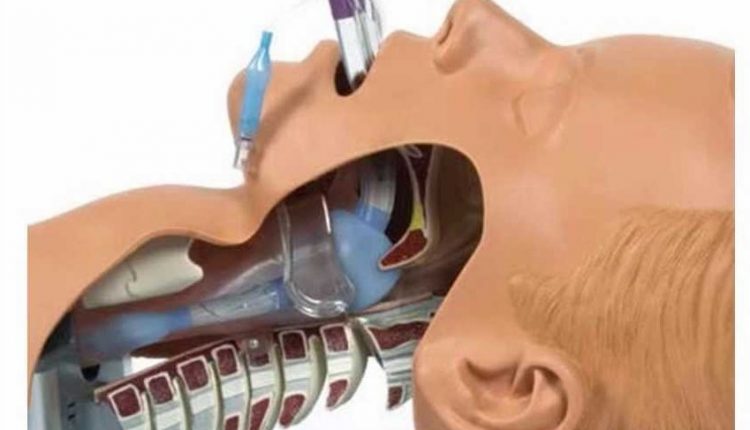
Intubation under anaesthesia: how does it work?
Intubation is a manoeuvre whereby a tube, called an endotracheal tube, is placed in the patient’s airway and, more specifically, in the trachea
Why intubation? Because, during general anaesthesia, the patient is given drugs which, by blocking his muscles, inhibit his breathing
In other words, he is unable to breathe on his own because he cannot move his muscles.
Absolute muscular relaxation of the patient is essential to ensure an optimal operating field for the surgeon.
The endotracheal tube is connected to a respirator which allows the patient to breathe correctly throughout the surgical procedure.
The manoeuvre is always performed after the patient has been put to sleep.
The patient will therefore not remember either the placement of the tube or its removal (i.e. extubation) from the airway once the operation is complete.
Is intubation risky?
The manoeuvre may present some unforeseen problems, especially in cases of unforeseen difficult manoeuvres, where the anatomical characteristics of the patient make the correct placement of the tube in the airway more problematic.
Fortunately, however, even in this field we have machines which help us to limit the possible consequences for the patient almost completely.
In conclusion, we can say that the unexpected difficult manoeuvre occurs very rarely but is not impossible to encounter.
However, today, compared to the past, we can count on technological aids that drastically reduce the risks of such a manoeuvre.
Read Also:
Tracheal Intubation: When, How And Why To Create An Artificial Airway For The Patient
Endotracheal Intubation In Paediatric Patients: Devices For The Supraglottic Airways
UK / Emergency Room, Paediatric Intubation: The Procedure With A Child In Serious Condition
Sedation And Analgesia: Drugs To Facilitate Intubation


